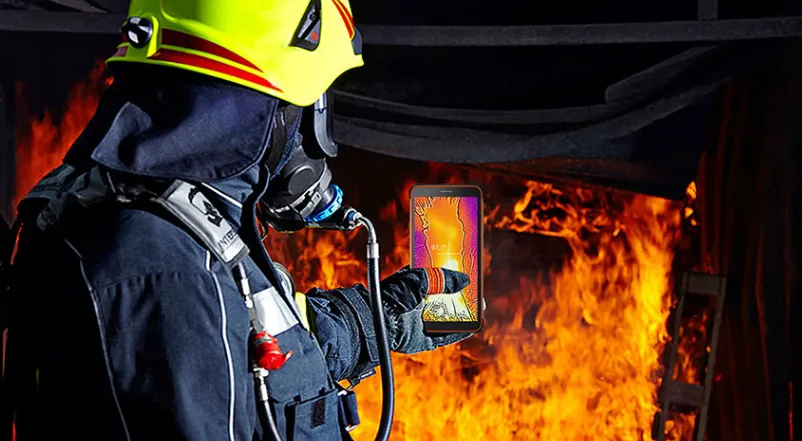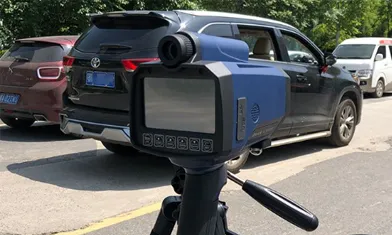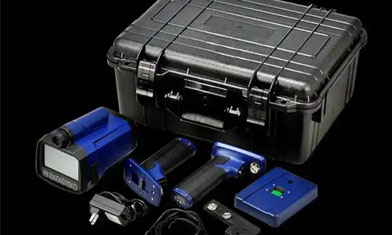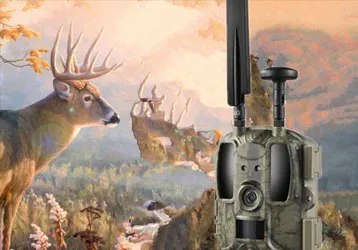Как новички выбирают между очками ночного видения и тепловидением?
Night vision devices and thermal imaging devices have their own characteristics and are suitable for different scenarios. For beginners, choosing which device to use requires considering the usage scenario, budget and personal needs.
Night vision device:
Night vision device mainly relies on image enhancement technology. In completely dark or low-light environments, it captures weak light and amplifies it to enable the observer to see the object in front clearly. This is very useful for outdoor adventures, night hunting, military training and other scenarios. For beginners, the operation of night vision device is relatively intuitive, and the price range is also wide, from entry-level to high-end professional level. Its advantage is that it can preserve the color and details of the scene, giving people a more natural visual experience.

Thermal imager:
Thermal imaging forms an image by detecting infrared radiation on the surface of an object. It does not rely on visible light, so it can work in a completely dark environment. It is particularly suitable for search and rescue, wildlife observation, night security monitoring and other fields. Thermal imaging can reveal the temperature difference of objects and has a high detection ability for hidden heat sources or human bodies. However, its image is a thermal color map, lacking the traditional color and details, and it may take some time to adapt to the interpretation. In addition, high-end thermal imaging devices tend to be more expensive.
The price gap between night vision devices and thermal imagers does exist, and this gap can be quite large.
The following is a detailed analysis of the price difference between the two:
Price range overview
Night vision devices: The price range of night vision devices is relatively wide, ranging from a few hundred yuan to a few thousand yuan, and even high-end models may reach tens of thousands of yuan. The price mainly depends on the brand, model, function and technical level. For example, some entry-level or portable night vision devices may be relatively affordable, while professional or military-grade night vision devices are expensive.
Thermal imagers: The price of thermal imagers is generally high, especially high-end models, which may cost much more than ordinary night vision devices. Generally speaking, high-end thermal imaging instruments cost more than 100,000 yuan, and some brand models even cost more. The high precision and high sensitivity of thermal imaging technology determine its high production cost and selling price.
Reasons for price differences
Technical complexity: Thermal imaging technology is more complex than night vision technology, requiring higher technical barriers and R&D costs. Thermal imagers can detect infrared radiation on the surface of an object and form a temperature distribution image, which is more difficult to achieve technically than night vision devices.
Application scenarios: Thermal imagers are widely used in military, security, medical, scientific research and other fields, and the requirements for equipment in these fields are high, so the price is also correspondingly high. Although night vision devices also have a wide range of application scenarios, the requirements for equipment may be slightly lower.
Brand and model: There are also large differences in the prices of devices of different brands and models. Well-known brands and high-end models of equipment are often more expensive, but they also provide better performance and quality assurance.
Conclusion
As a novice, if the main demand is outdoor activities at night, such as hiking, camping or hunting, and the budget is limited, night vision devices may be a more suitable choice because they can provide a visual experience closer to daily life. But if you have higher requirements for the detection of hidden targets, such as search, monitoring or professional detection tasks, and the budget allows, thermal imaging equipment is the best choice. The final decision should be based on your specific needs, budget and usage environment.
In summary, the price gap between night vision devices and thermal imagers does exist, and this gap can be quite large. When choosing to buy, users should choose the appropriate device based on their actual needs and budget. If basic observation or photography is required at night, night vision devices may be a more economical choice; if high-precision temperature measurement or target detection is required, thermal imagers may be a better choice.





















